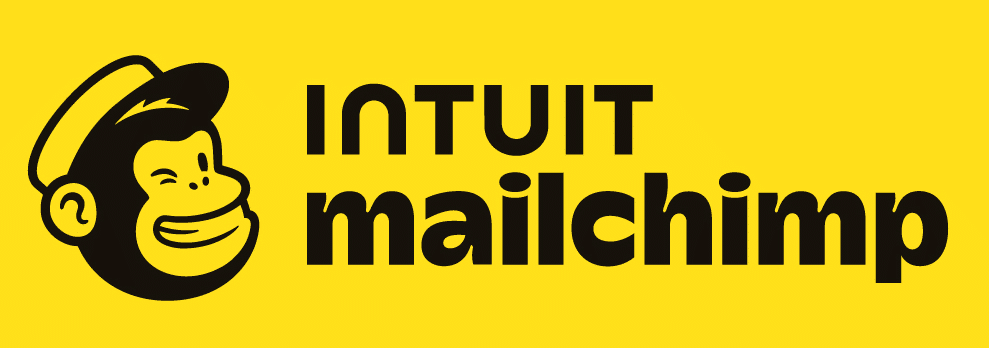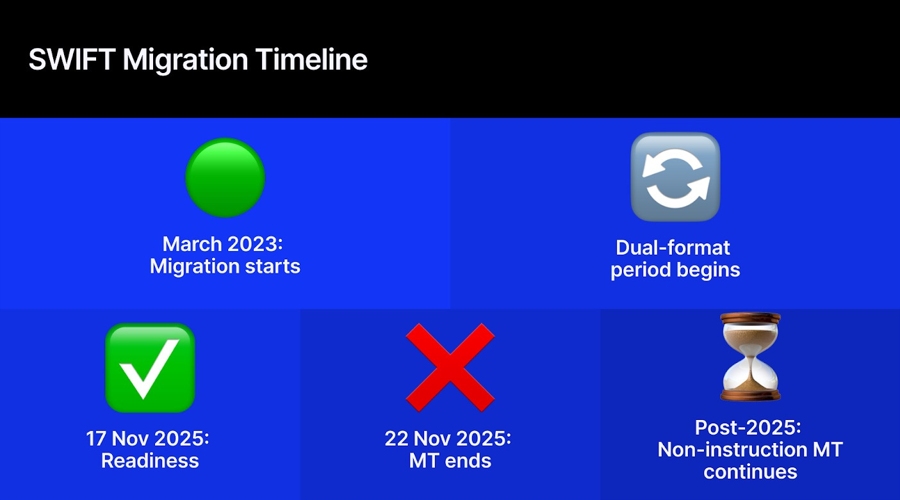FutureVault’s Daniel Kenny (CEO) and Kristian Borghesan (CMO) joined Ryan Nauman on Zephyr’s Adjusted for Risk Podcast.
During this 30-minute engaging conversation, Daniel and Kristian share and unpack all things Digital Vaults, including what a Digital Vault is, how advanced Digital Vault can help solve some of the biggest challenges wealth management firms and advisors are facing today, the Great Wealth Transfer, advisor succession planning, some of the most common misconceptions of Digital Vaults, and much more.
Below are some of the key takeaways and insights from the conversation, including timestamps of when to tune in and watch.
The Digital Client Experience and Digital Vaults (Timestamp: 9:23)
Digital Vaults have become such a critical component in the overall advisor tech stack and have shifted from being a back-office and document handling utility to equipping firms and advisors with a value-add tool that can help drive engagement and better conversations with their clients by helping them manage their own information, data, and documents.
Security and protection (of information assets), access and availability, structure and efficiency, and overall ease of use of doing business are all core components of modern Digital Vault solutions.
From the Advisor’s perspective, Digital Vaults streamline heavy paper-driven processes by automating the delivery of documentation to improve operational efficiency and to demonstrate and meet compliance. At the end of the day, these ‘tasks’ are table stakes and by removing the friction, Digital Vaults enable advisors to spend more time doing what they love doing; providing advice and servicing their clients.
Digital Vaults really offer a win-win-win value proposition for the firm, advisor, client. At end of the day firms are looking for ways to better engage and build relationships and more trust with clients, Digital Vaults can be a linchpin in the client engagement and multi-generational strategy for firms.
The Great Wealth Transfer (Timestamp 17:06)
The Great Wealth Transfer can almost be looked at as either impending doom or impending opportunity for financial advisors as more than 70% of heirs looking to fire or change their parents’ financial advisor(s) after inheriting their way, according to Cerulli Associates.
As firms and advisors look to develop strategies that will position them favorably with the next generation, it’s absolutely fundamental to consider how to create a digital moat to protect and maintain their current relationships.
Digital Vaults are becoming a clear way of doing so for many leading firms.
Having everything centralized in one place is not only a huge time-saving benefit for clients and their next-gen, but it’s also a massive value for the firm, for the financial advisors, and for other trusted professionals playing a role in the client’s life.
A well-structured Digital Vault can serve as a central repository for all of the important documents and information that clients and their families need to access in the event of a change in circumstances, such as the passing of a family member, a liquidity event for the family, or the retirement of an advisor.
Digital Vaults can serve as the single source of truth for all data, information, and documents for the family while providing a secure and efficient way to engage and connect with other family members, centers of influence, and trusted advisors (lawyers, planners, accountants, etc).
Importantly, a Digital Vault goes well beyond a simple document dumping ground of a valuable tool for your clients and their family members. The right Digital Vault can transform back-office and administrative efficiencies with automation and straight-through processing, as well as help firms overcome books and records challenges to meet regulation, including Rule 17a4 compliance.
Misconceptions of Digital Vaults (Timestamp 27:29)
Some of the biggest misconceptions of Digital Vaults include first and foremost, considering generic file storage and document ‘dumping grounds’ as a scalable solution for a Digital Vault.
Additionally, for firms to really improve governance of all enterprise, advisor, and client documentation and information, the Digital Vault component of a technology stack, should be considered and discussed very early in the process to ensure it meets the firm’s requirements and needs when it comes to being able to scale, grow, and deliver the best client experience.
The views and opinions expressed herein are the views and opinions of the author and do not necessarily reflect those of Nasdaq, Inc.







































